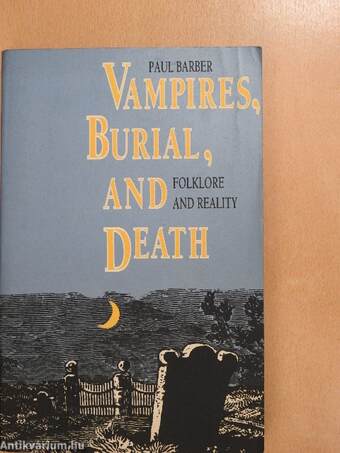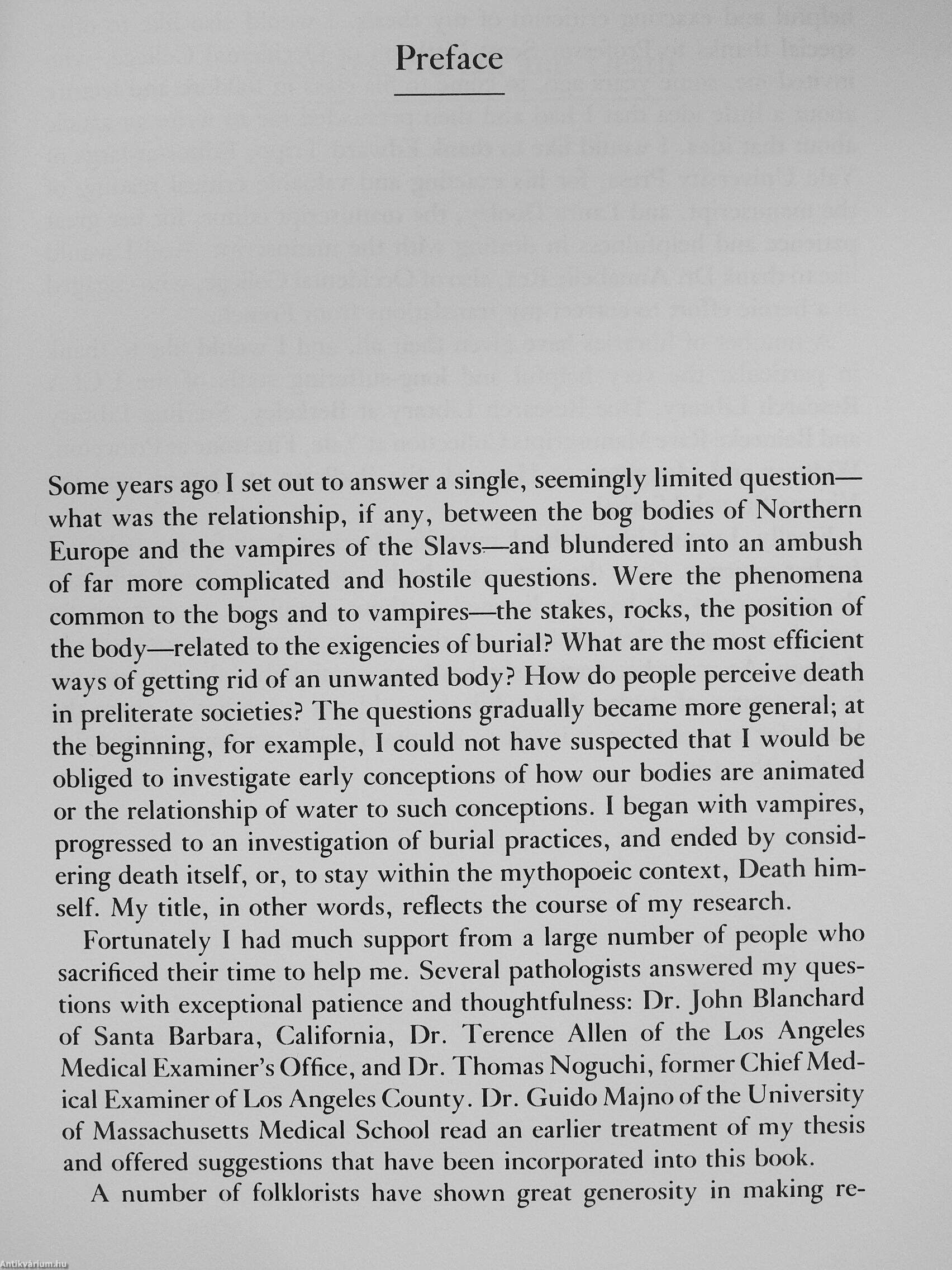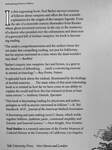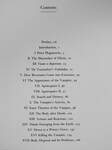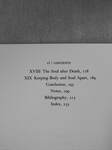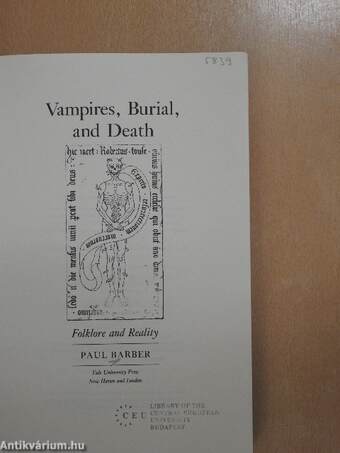1.066.452
kiadvánnyal nyújtjuk Magyarország legnagyobb antikvár könyv-kínálatát

VISSZA
A TETEJÉRE
JAVASLATOKÉszre-
vételek
Vampires, Burial, and Death
Folklore and Reality
| Kiadó: | Yale University Press |
|---|---|
| Kiadás helye: | New Haven-London |
| Kiadás éve: | |
| Kötés típusa: | Ragasztott papírkötés |
| Oldalszám: | 236 oldal |
| Sorozatcím: | Anthropology/History/Folklore |
| Kötetszám: | |
| Nyelv: | Angol |
| Méret: | 23 cm x 15 cm |
| ISBN: | 0-300-04859-9 |
naponta értesítjük a beérkező friss
kiadványokról
naponta értesítjük a beérkező friss
kiadványokról
Előszó
TovábbFülszöveg
Anthropology/History/Folklore
n this engrossing book, Paul Barber surveys centuries of folklore about vampires and offers the first scientific explanation for the origins of the vampire legends. From the tale of a sixteenth-century shoemaker from Breslau whose ghost terrorized everyone in the city, to the testimony of a doctor who presided over the exhumation and dissection of a graveyard full of Serbian vampires, his book is fascinating reading.
"The study's comprehensiveness and the author's bone-dry wit make this compelling reading, not just for folklorists, but for anyone interested in a time when the dead wouldn't stay dead."—Booklist
"Barber's inquiry into vampires, fact and fiction, is a gem in the literature of debunking [and] a convincing exercise in mental archaeology"—Roy Porter, Nature
"A splendid book about the undead, illuminated by the findings of morbid anatomy The main value of this most interesting book is to remind us how far we have come in our ability... Tovább
Fülszöveg
Anthropology/History/Folklore
n this engrossing book, Paul Barber surveys centuries of folklore about vampires and offers the first scientific explanation for the origins of the vampire legends. From the tale of a sixteenth-century shoemaker from Breslau whose ghost terrorized everyone in the city, to the testimony of a doctor who presided over the exhumation and dissection of a graveyard full of Serbian vampires, his book is fascinating reading.
"The study's comprehensiveness and the author's bone-dry wit make this compelling reading, not just for folklorists, but for anyone interested in a time when the dead wouldn't stay dead."—Booklist
"Barber's inquiry into vampires, fact and fiction, is a gem in the literature of debunking [and] a convincing exercise in mental archaeology"—Roy Porter, Nature
"A splendid book about the undead, illuminated by the findings of morbid anatomy The main value of this most interesting book is to remind us how far we have come in our ability to explain the world and how this has released us from at least some terrors."—Anthony Daniels, Spectator
"This book is fascinating reading for physicians and anthropologists as well as anyone interested in folklore."—R. Ted Steinbock, M.D., Journal of the American Medical Association
"A fascinating and pain-staking (sorry!) thesis, which welds together folklore, epidemic panic, communal stupidity, and forensic and funereal science."—Huw Knight, New Scientist
Paul Baifoer is a research associate of the Fowler Museum of Cultural History at the University of California, Los Angeles.
Yale University Press New Haven and London Vissza
Témakörök
- Idegennyelv > Idegennyelvű könyvek > Angol > Művelődéstörténet
- Idegennyelv > Idegennyelvű könyvek > Angol > Néprajz
- Művelődéstörténet > Kultúra > Kultúrantropológia
- Néprajz > Folklór (szellemi néprajz) > Népszokások, babonák
- Néprajz > Folklór (szellemi néprajz) > Természetfölötti lények, jelenségek
- Néprajz > Tárgyi néprajz > Életmód > Magánélet szokásai > Halál, temetkezés
Paul Barber
Paul Barber műveinek az Antikvarium.hu-n kapható vagy előjegyezhető listáját itt tekintheti meg: Paul Barber könyvek, művekMegvásárolható példányok
Nincs megvásárolható példány
A könyv összes megrendelhető példánya elfogyott. Ha kívánja, előjegyezheti a könyvet, és amint a könyv egy újabb példánya elérhető lesz, értesítjük.



